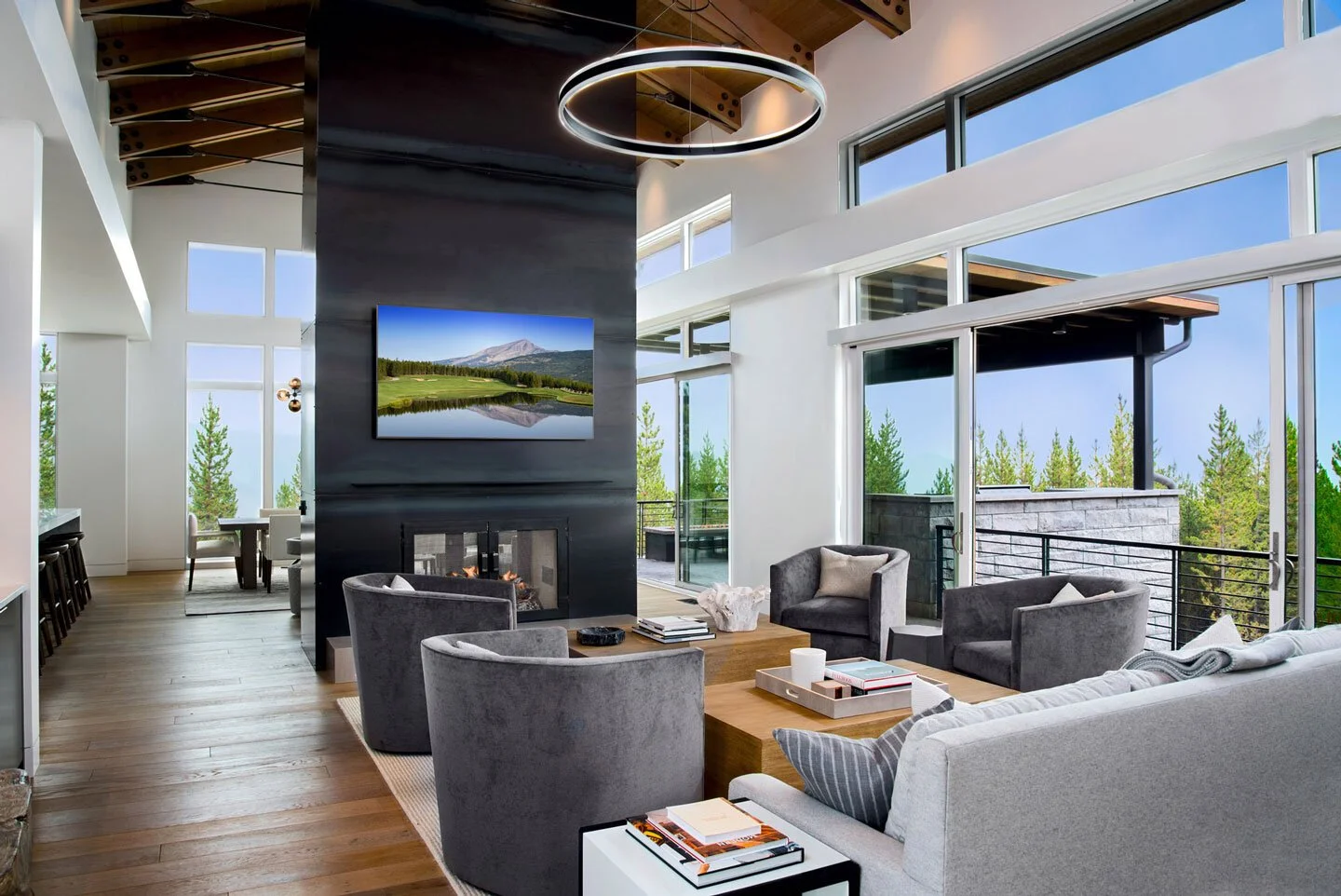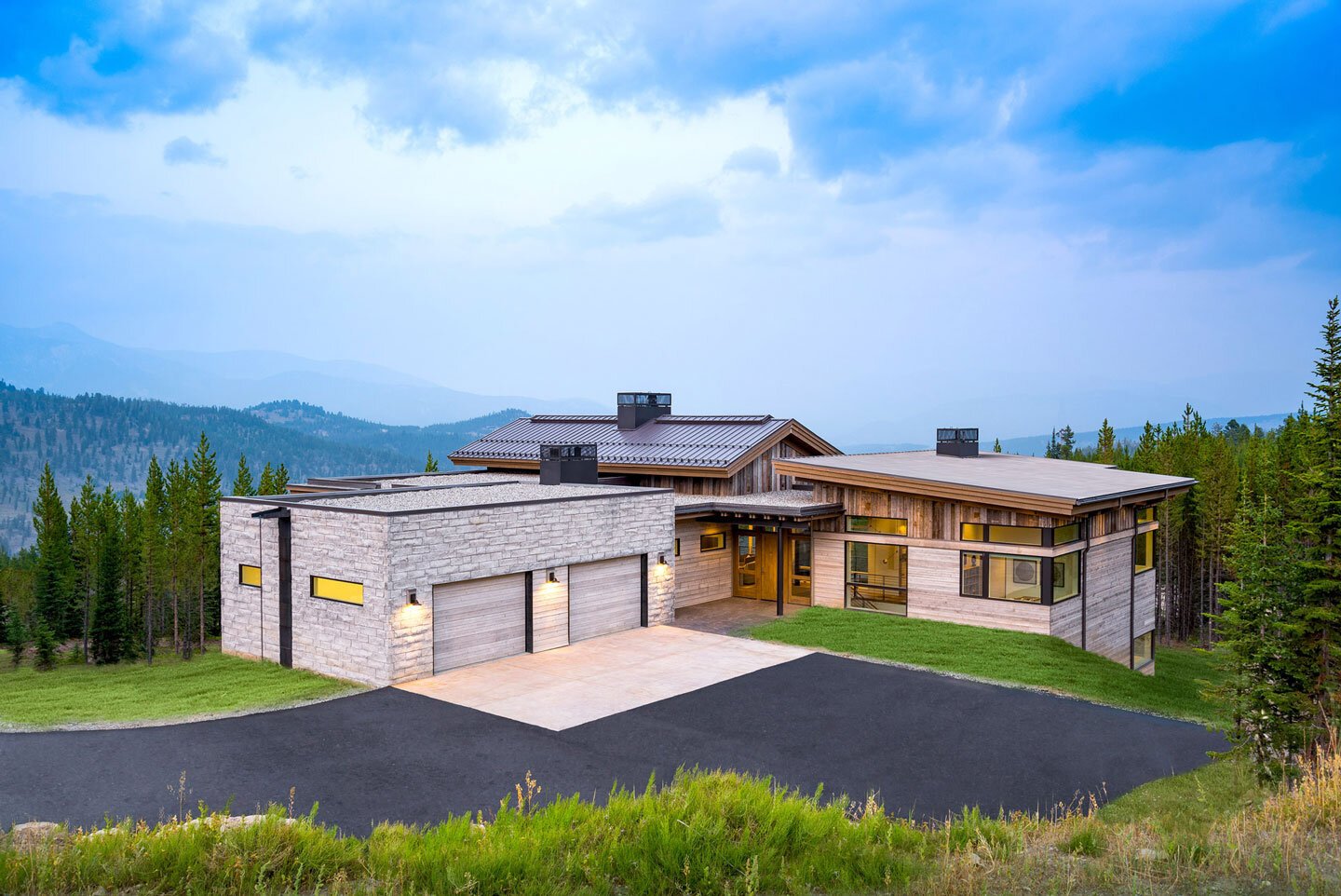Home Automation Presents Green Benefits
Our outdoor environment is already a green one, and we play an important role in it, but when it comes to the indoor environment, we don't necessarily always approach it in the same way. Technology plays a big part in being a little greener, living a little more sustainable, and an overall healthier lifestyle. We can make a difference in how that technology plays a role indoors.
Ray Bradbury first featured the concept of smart homes in his 1950 short story, “There Will Come Soft Rains.” They’ve appeared in other fictional media through the years, but it wasn’t until the last decade or so that this technology moved out of the conceptual world and into the real one. Green smart home automation offers additional conveniences, economical benefits and efficiency for homeowners, architects and designers. Here’s a look at how…
What can you do with an in-home automation system?
Advancements in technology means potential applications for smart home automation are nearly limitless:
Home automation systems monitor and manage all components of a home, including scheduled system on/off times.
Intuitively controlled HVAC systems, occupancy sensors, and active alerts when a door is left open, including your garage door, or even windows.
Automated control of lighting and shades, including vacation settings and remote control capabilities.
Sustainable energy solutions such as solar power and battery storage.
Advanced life safety systems with gas leak detection and automated water shut-off valves for leaks or potential flooding.
Remote monitoring and support with routine system maintenance and alerts.
Custom lighting design, motorized shades, automatic blinds
From a design and architectural perspective, home automation technologies greatly improve on the desirability of a given property. Properties with climate-controlled work-spaces, powerful networking technologies (like mesh Wi-Fi) built in, and future-proof upgradability could be wildly popular among would-be homeowners looking to put down roots.
That’s especially true in these uncertain times, when the idea of remaining comfortable and productive at home is more important than ever. Technology became synonymous with “good living” some time ago, and green home automation takes it to the next logical place.
It requires an investment to upgrade or retrofit existing properties with automation, and all these devices need a strong internet connection to work in tandem. But if you have both of these conditions met, then you can quickly and easily automate your entire house. And with informed choices, you stand a good chance of making back some of what you spend through lower energy bills.
So what are the environmental benefits of a green smart home?
Energy usage is one of the biggest expenses in the average home. The average household will spend upwards of $2,000 a year on energy bills alone.
Collectively, American homes use 22.5% of the country’s generated energy. In-home automation and smart devices can help reduce energy usage and energy waste by providing a more active type of control.
You can control smart lights and networked power strips from your phone or computer, turning things on or off as necessary. These power strips also give you the option to cut off the power to appliances that you’re not using and can monitor the amount of energy you use so you can make more informed decisions about reducing your home’s energy consumption.
Smart Temperature Control
According to the U.S. Energy Information Administration, heating and cooling building interiors accounted for roughly 10% of the country’s energy generation every single year. We want to keep ourselves warm in the winter and cool in the summer, but that gets expensive after a while, especially in older buildings that don’t have enough insulation to be considered truly energy-efficient.
A smart thermostat and networked HVAC system give you the tools to save money on energy costs while keeping your home comfortable. You can program a smart thermostat to turn the temperature up or down when you’re not home, depending on the exterior temperature, and return it to a more comfortable temperature once you start heading home.
If you’re gone for extended periods during the day for work or school, this can cut your energy bills down dramatically. For homeowners, landlords, and property management teams, the savings and convenience are considerable.
Automated Shades, Lighting & Control Makes a Difference
How often have you left your lights on when you leave the house, whether the sun is up or not? While it’s nice to be able to come back to an illuminated home, especially if you work until after the sun goes down, it’s eating up a lot of power during the day. Instead of wasting energy, invest in smart lighting and control that you can program to turn on and off at specific times. Same with your shades. Automate them to go up and down at specific times, especially to keep the heat out during the hot summer days or the heat in during cold nights.
Motion sensors can take some of the guesswork out of managing your home lighting and energy expenditures. They simply turn lights on when someone enters the room and turn off again when they stop detecting motion. On the home security side of things, you can use smart lighting to turn your lights on when you’re not home, so it looks like someone is inside, to deter burglars.
Clean Energy & Renewable Technologies
Close partner of SAV Digital Environments, Energy 1, are pioneers in the field of renewable energy and high-efficiency building systems, having designed and delivered a broad spectrum of projects. From solar electric and solar thermal to wind and geothermal, they work with several types of energy systems. Energy 1 is also a certified installer of Tesla’s Powerwall, which can be customized to provide conventional stand-alone backup power, or it can be integrated with solar panels to continually power homes with clean, sustainable energy. Similarly, companies like Sonnen are partnering with smart home integrators to get their clients safe, long-lasting, recyclable battery technology that safely stores the energy they generate. If the grid goes down, they have harnessed immediate backup power.
Each of these technologies — whether they’re improving on-premises security or providing better tools for energy management — add up to improved value for each party involved in breaking ground on or living in a green home. From consistently higher property values to a more satisfying and less wasteful lifestyle, everybody down the line benefits from green and smart home automation.
By Guest Contributor Shannon Flynn




